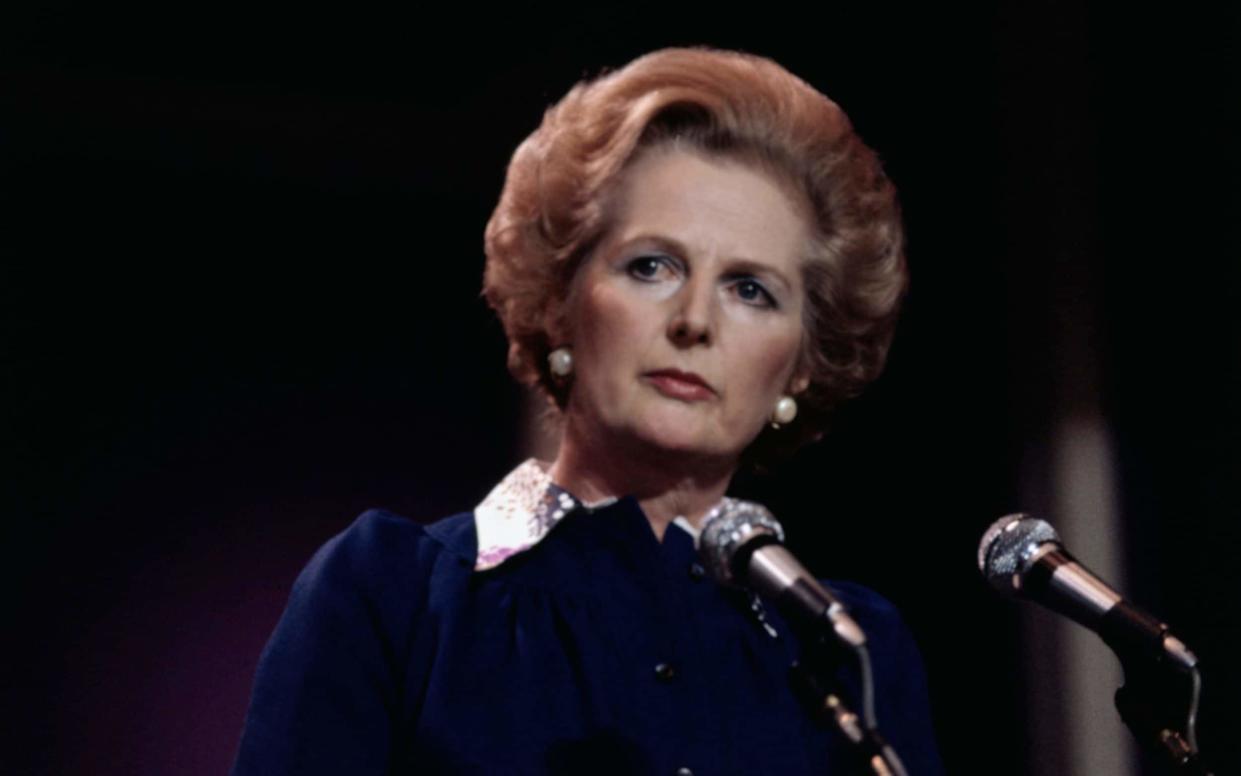What happened in 1985 when the pound was last this low

The last time the pound was trading at these levels against the dollar Margaret Thatcher was halfway through the second term of her premiership, the miners’ strike was coming to an end and Eastenders had just debuted on BBC One.
Before this week, sterling’s nadir against the dollar came on February 26, 1985. Britain was, in many ways, far removed from the country it is today but with some enduring similarities.
On that wet and hazy Tuesday morning in the City of London, traders watched their screens as sterling tumbled, closing the day at $1.052 — a record low that held for more than 37 years.
Then, it was the overwhelming strength of the dollar, the world’s reserve currency, that drove sterling’s decline.
Under Ronald Reagan, a series of tax cuts and spending rises pushed up long-term interest rates, attracting inflows of capital and causing the value of the dollar to soar.
“Traders said there were no particular events yesterday or over the weekend that propelled the dollar,” the New York Times said on the day of the pound’s historic low in 1985. “But they said it continued to benefit from last week's comments by President Reagan and Paul A. Volcker, the Federal Reserve chairman, when they indicated reluctance to interfere with the dollar's course.
“The President said at his news conference Thursday evening that the dollar's strength reflected stronger economic growth in the United States than in Europe, and he seemed reluctant to intervene in currency trading.”
The dollar was also particularly strong against the West German Deutsche mark at the end of February 1985, with markets focused on an unprecedented 7 pfennigs drop against the dollar around the same time as the pound’s decline.
The strength of the US currency caused international tension and hurt American manufacturers by making imports cheaper and exports dearer.
It led to the signing of the so-called Plaza Accord in September 1985, with the G5 countries - Germany, the UK, the US, France and Japan - agreeing to work towards devaluing the almighty dollar by selling the green back in exchange for other currencies.
The unprecedented deal was named after the venue it took place in: The Plaza Hotel in New York.
By the start of the 1990s, the pound had rallied to $2, ushering in a golden age of cheap American imports and tourism.
While policymakers can draw some parallels between the 1985 drop and today - the dollar is currently very strong as the Fed continues to raise interest rates - the main driver of Monday’s record low for sterling is a nervous reaction to Kwasi Kwarteng’s radical budget. And unlike 1985, international agreement does not look likely to save the day this time around.

 Yahoo Movies
Yahoo Movies 
